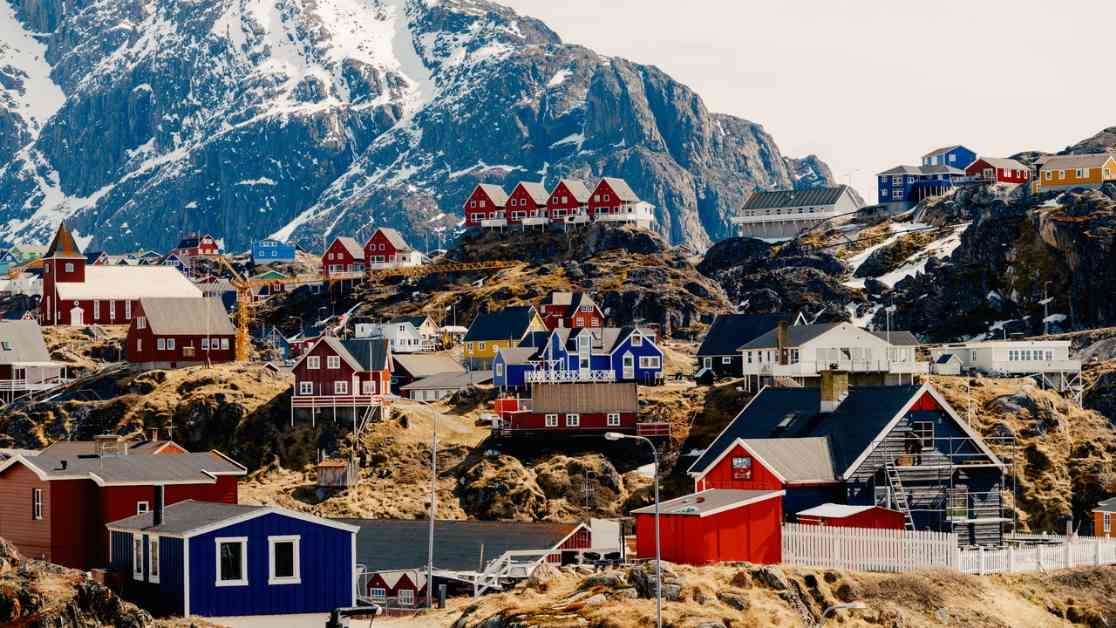Greenland’s Political Future: A Deep Dive into the Complexities of an Arctic Island
President Donald Trump’s recent interest in Greenland has sparked a whirlwind of political and social upheaval in the semi-autonomous territory of Denmark. With a general election scheduled for March 11th, the island’s residents are facing a critical decision that could shape their future for generations to come.
At the heart of the matter lies Trump’s desire to either annex or purchase Greenland, driven by the island’s vast untapped mineral resources, geostrategic importance, and potential national security benefits. The receding Arctic ice has opened up new opportunities for mining rare-earth deposits and creating shipping routes, while the existing American military base in Greenland provides a crucial vantage point for missile defense and space surveillance.
The Danish government, on the other hand, has historically been reluctant to part ways with Greenland, which became a Danish colony in 1721. Despite becoming a semi-autonomous part of the Danish Realm in 1953, Greenland still relies heavily on Danish subsidies and support for its economic sustainability. The relationship between Greenland and Denmark has been fraught with historical grievances, including forced re-education of Inuit children and controversial family separation policies.
Amidst this backdrop of geopolitical tension, Trump’s bold statements about acquiring Greenland have reignited conversations about independence on the island. While Greenland is free to call a referendum on independence at any time, the path to full autonomy is fraught with challenges, including Danish parliamentary approval and economic self-sufficiency. Trump’s overtures towards Greenlanders have energized the independence movement, with many residents now contemplating a future outside of Denmark’s shadow.
The United States’ long-standing military presence in Greenland, dating back to the Second World War, has further complicated the situation. Despite America’s strategic interests in the region, the idea of forcibly taking control of Greenland remains unrealistic due to the island’s challenging terrain and scattered settlements. As a result, Trump’s strategy seems to be centered on winning the hearts and minds of Greenlanders in their quest for independence.
In the midst of this political turmoil, Greenland stands at a crossroads, balancing centuries of foreign domination with aspirations for self-determination. The valuation of Greenland, estimated to be between $12.5 billion and $77 billion, underscores the complexities of any potential deal with the United States. While diplomatic discussions between Copenhagen and Washington continue, the future of Greenland remains uncertain, with questions about autonomy, security, and economic sustainability hanging in the balance.
As Greenland navigates these turbulent waters, the island’s residents are left to grapple with the weight of history and the promise of a new beginning. The upcoming general election will serve as a pivotal moment in Greenland’s journey towards independence, with the eyes of the world watching closely to see what path the Arctic island will choose. In a landscape shaped by geopolitics, economics, and the hopes of a nation, Greenland’s future hangs in the balance.












